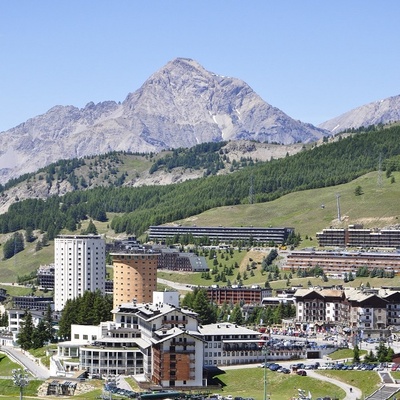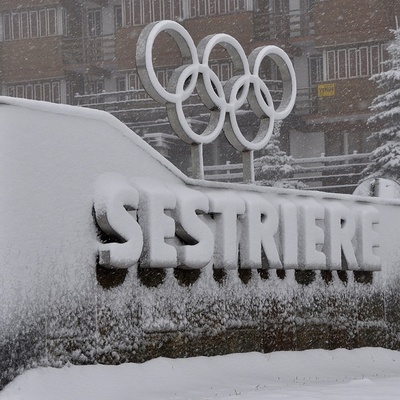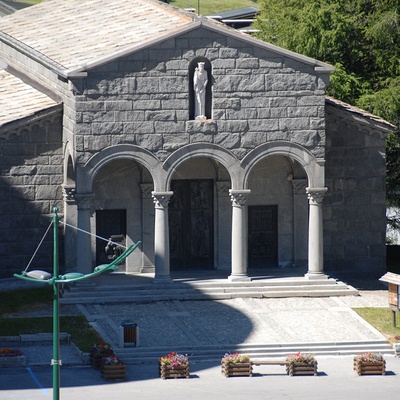
Via Europa, 1, 10058 Sestriere
The Municipality of Sestriere is located on the eponymous hill, straddling the Chisone Valley and the Susa Valley, and is dominated to the northwest by Mount Fraiteve (2,701 m), to the southeast by Mount Sises (2,658 m), by Punta Rognosa di Sestriere (3,280 m), and by Mount Motta (2,850 m). Sestriere's origins are very recent: the municipality was established by royal decree on October 18, 1934, encompassing the territorial area of the former Municipality of Champlas du Col, the former Municipality of Sauze di Cesana, and the hamlet of Borgata di Sestriere. The Sestriere hill has been of some importance since the late Middle Ages in facilitating commercial traffic between the Upper Susa Valley and the Chisone Valley, a role further facilitated by its carriage road in 1814 at the behest of Napoleon. The construction of Sestriere was planned by Giovanni Agnelli, the founder of FIAT, designed by renowned architects with substantial financial investments, and characterized by a modernity and innovation typical of the era, intended for the same entrepreneurial class that had created it. At the time, the first two tower hotels with spiral ramps and no steps were built on the vast meadows of the Sestriere hill, known as the Duchi d'Aosta and La Torre di Bonadè Bottino hotels, as well as the enchanting Hotel Principi di Piemonte (1932) by G. Chevalley and M. Passanti. In the construction of Sestriere, Agnelli also had the Church of St. Edward the Confessor built in memory of his tragically deceased son. The neo-Romanesque style church, designed by Bonadè Bottino, features a sober style while housing numerous works of art by contemporary artists, including the Via Crucis by Francesco Messina, and the white, black, and pink marble font, and bronze portals created by Arturo Dazzi (1936).
With a continuous investment in hospitality infrastructure, which still makes it today one of the best-organized and equipped places for skiing activities, the first installed cable cars heading to the mountains Banchetta, Fraiteve, Alpette, and Sises led to the creation of the first totalsky station in the Alps. The proximity and easy access from Turin allowed even the middle class to access skiing, which then saw the birth of the mass phenomenon in the 1970s. The life and history of Sestriere are closely linked to the world of skiing: the debut of Sestriere's ski slopes in the World Cup races dates back to 1967 when two downhill races were held on the steep "Banchetta" slope, then it hosted the Ski World Championships in 1997, until the Winter Olympics and Paralympics of Turin 2006: Sestriere is the ski resort that has hosted the highest number of internationally titled competitions. Its vast ski slopes are connected through the Via Lattea (Milky Way) to the slopes of Sauze d'Oulx, Cesana, and Frejus, and many of them come alive in summer as golf courses and bike parks with specific mountain bike trails.








